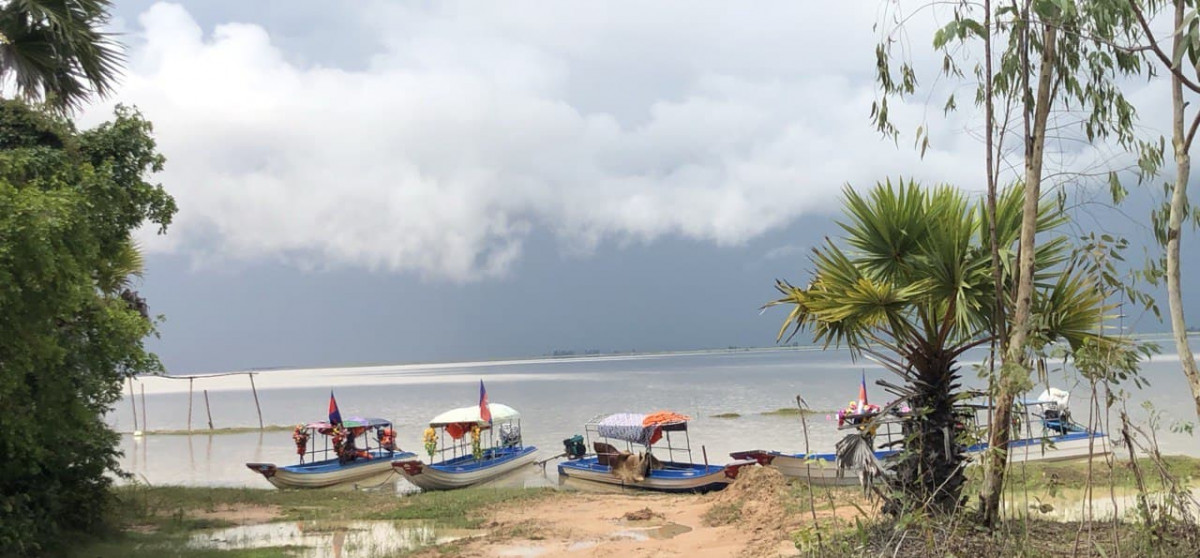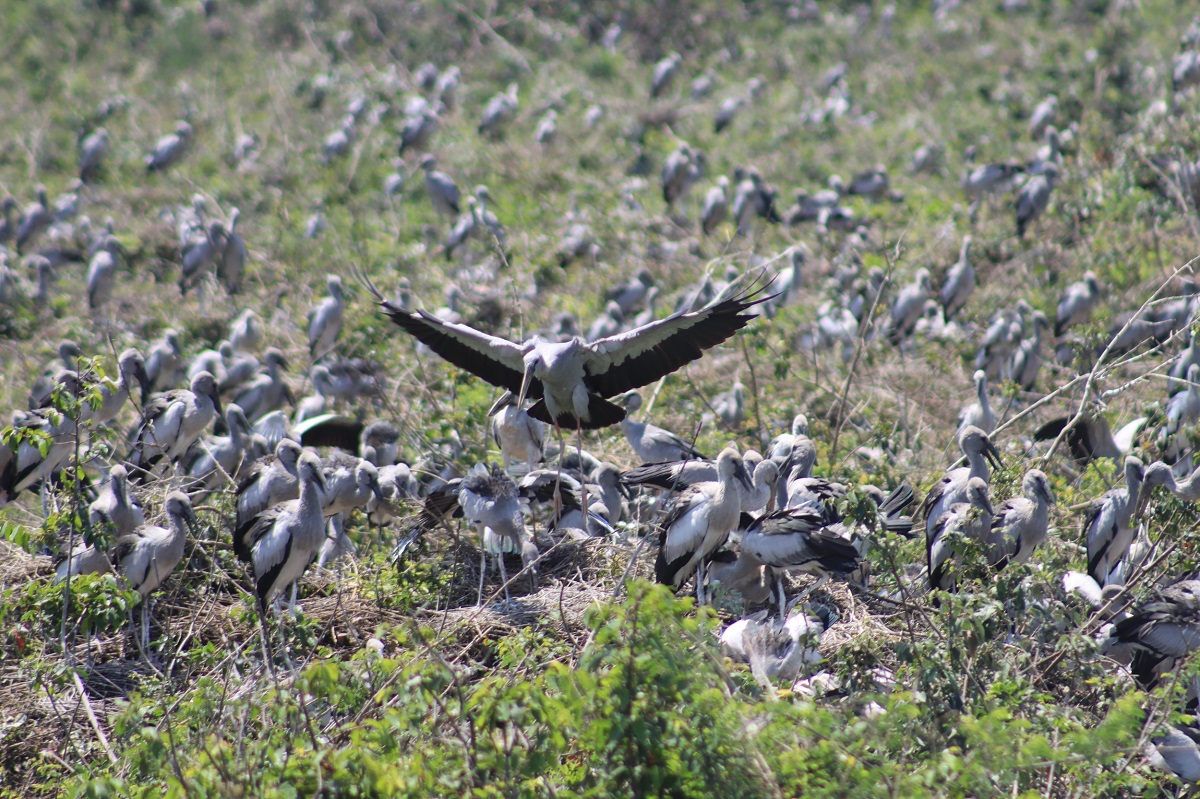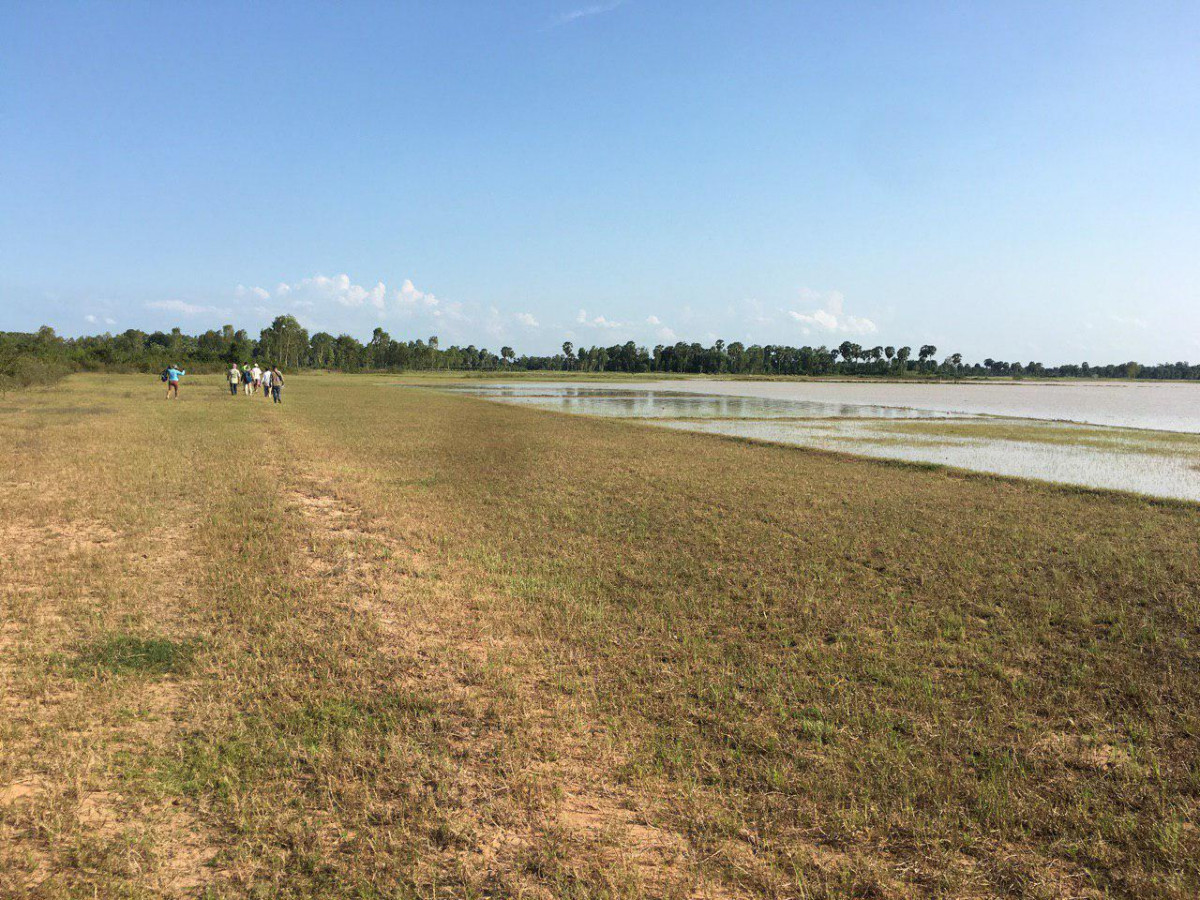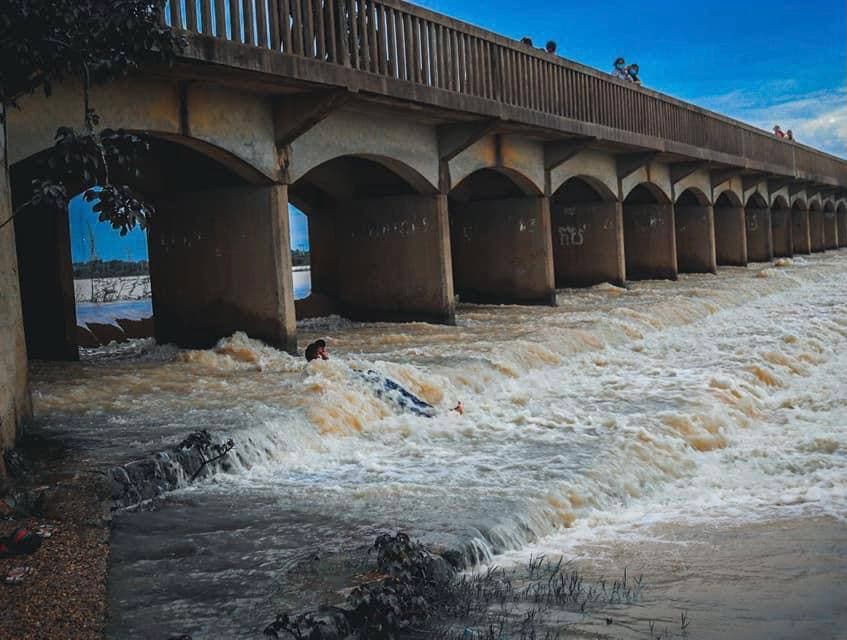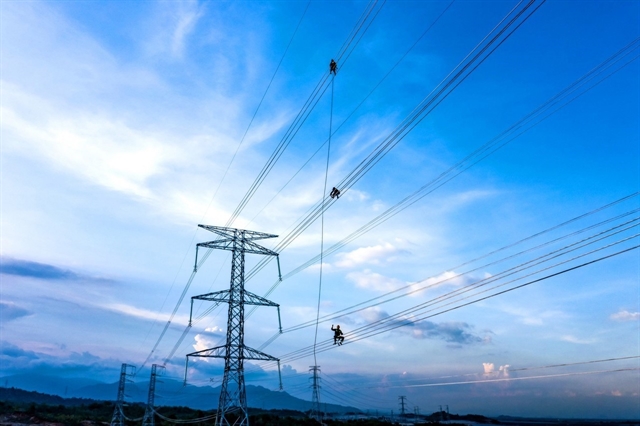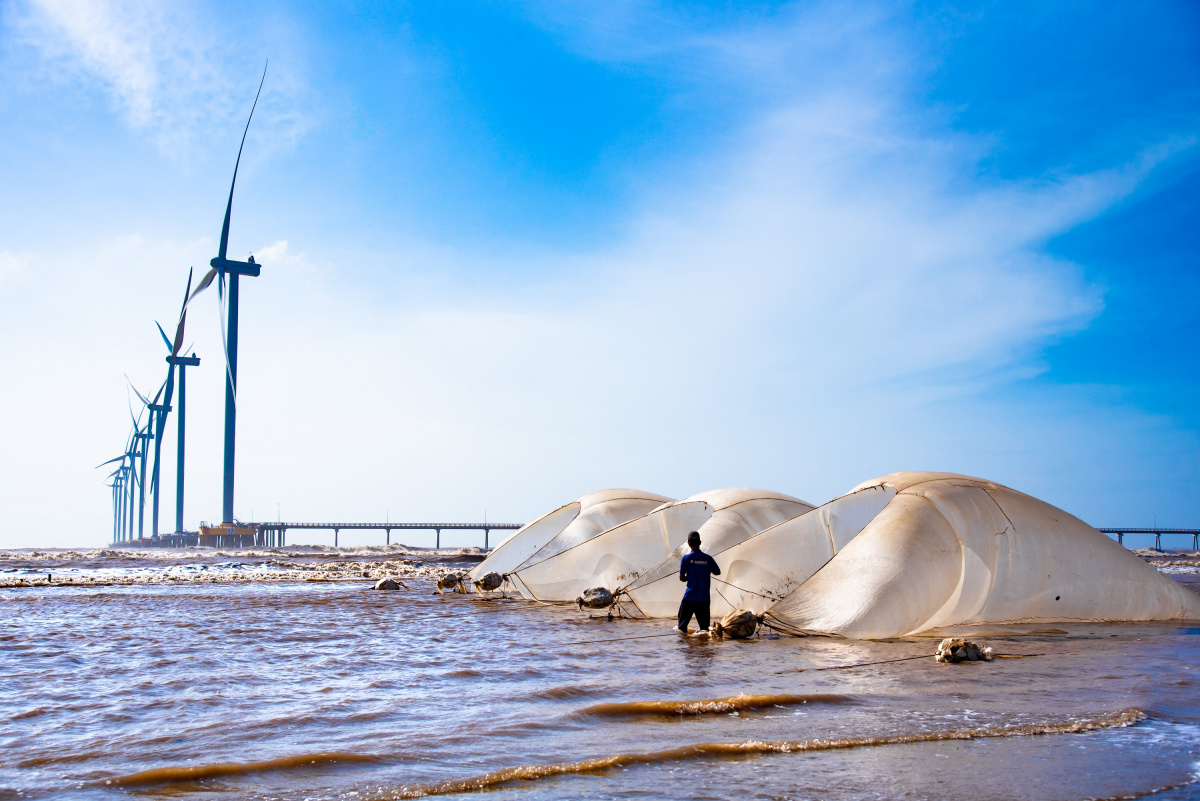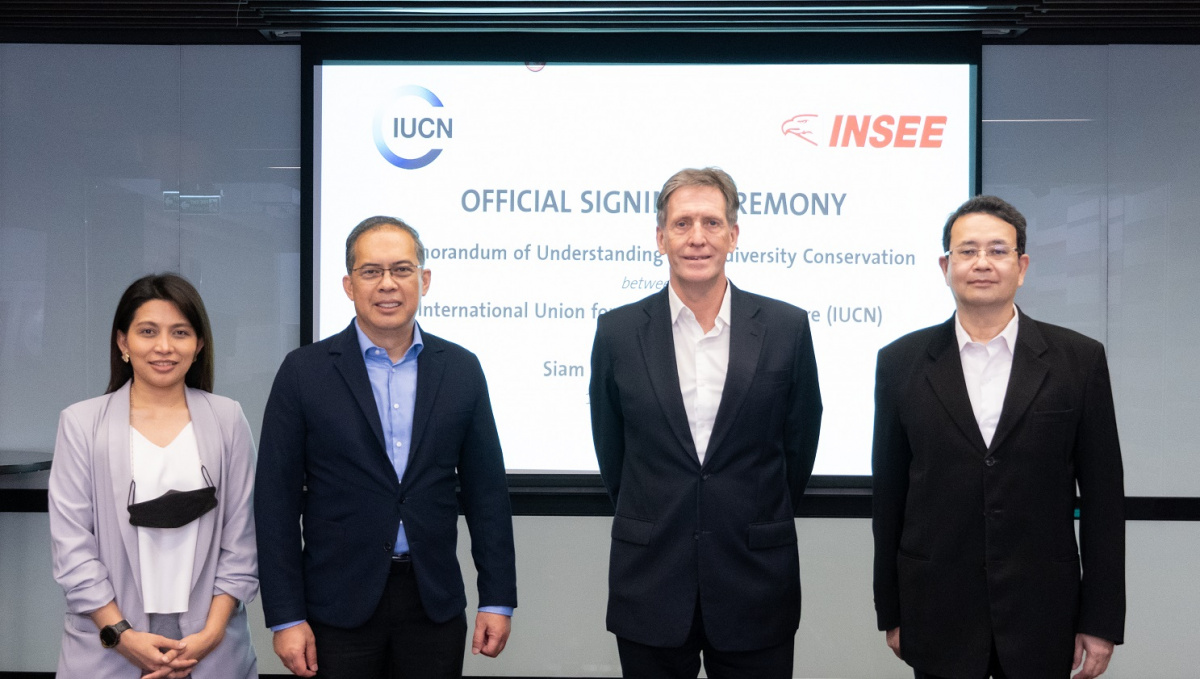Cambodia designates Boeung Snae as new wetlands protected area
On 5 February 2021, the Royal Government of Cambodia issued a sub-decree designating Toulpontalei – Boeung Snae Multiple Use Area. The 3,557-hectare wetland in the Mekong Delta hosts the second largest freshwater bird colony in the country, provides refuge for diverse fish species, and provides water for agriculture in the surrounding communities.
The Toulpontalei – Boeung Snae Multiple Use Area is the latest protected area in Cambodia to be established through government sub-decree with clear zoning and boundary demarcation from the beginning. The site is divided into two zones, including a core zone with a total area of 86 hectares and a sustainable use zone of 3,471 hectares. Article 6 of the sub-decree emphasizes the importance of promoting co-management in Boeung Snae Multiple Use Area.
The core zone will be managed by the Ministry of Environment with support from other ministries. The sustainable use zone will be managed by the Ministry of Interior, the Ministry of Land Management, Urban Planning and Construction, the Ministry of Economy and Finance, the Ministry of Agriculture, Forestry and Fisheries, and the Ministry of Water Resources, with other relevant ministries depending on the focus of interventions.
The multiple use area was established to ensure the conservation and protection of the site’s aesthetic, cultural and biodiversity values. Boeung Snae is an inland wetland that is fed by the Mekong River and rainfall during the rainy season. It stores more than 89 million cubic meters of water, supporting agricultural and household water for 14 communes.
There are nine deep pools within the site, which provide habitat for freshwater fish to grow and reproduce, supporting an important fishing ground for four community fisheries living in the surrounding areas. It is also a recreational area for local people during the festival season and hosts a lake with a historical supernatural spirit called "Neak Ta Poan Tali."
Boeung Snae is a permanent lake during both dry and wet seasons, with 20% of the area covered by aquatic vegetation and flooded forest, and the remaining 80% as open lake. It hosts 53 species of large waterbirds, including the endangered Greater Adjutant (Leptoptilos dubius), the vulnerable Lesser Adjutant (Leptoptilos javanicus), and the near threatened Spot-billed Pelican (Pelecanus philippensis), Painted Stork (Mycteria leucocephala), and Black-headed Ibis (Threskiornis melanocephalus). The site also hosts a large colony of Asian openbills (Anastomus oscitans), and provides habitat for a range of migratory birds.
About IBRRI
The Indo-Burma Ramsar Regional Initiative (IBRRI) was jointly developed by the Ramsar National Focal Points of the five countries (Cambodia, Lao PDR, Myanmar, Thailand, and Viet Nam), and IUCN’s Asia Regional Office, based on specific needs identified in these countries. It was endorsed by the 52nd meeting of the Ramsar Convention Standing Committee in June 2016. The IBRRI aims to support the coordinated implementation of the objectives of the Strategic Plan of the Ramsar Convention. IUCN acts as the Secretariat for the Initiative under the leadership of the Steering Committee, which includes representatives from the five governments and the Ramsar Convention Secretariat as an observer.
